The steel industry faces pressure from rising electricity and coal costs, while demand and prices are expected to continue to decline.
Steel companies’ business results recovered in the third quarter, but unevenly. The two giants Hoa Phat and Hoa Sen improved their profits significantly, while most of the remaining companies suffered losses.
Specifically, HPG made a profit of VND2,000 billion, a significant recovery compared to the same period last year. This enterprise has had three consecutive quarters of improved profits, approaching the average level of the 2016-2019 period. HSG also reported a profit of nearly VND440 billion, while in the same period last year it made a loss. This enterprise has recorded three consecutive quarters of positive profits. Nam Kim Steel had less positive business results but still made a profit after tax of VND24 billion.
Meanwhile, Vietnam Steel Corporation (VNSteel - TVN), also a large-scale enterprise with a large market share, lost 172 billion VND. After a profitable first quarter, TVN continued to fall into a state of negative profits for two consecutive quarters. Smaller enterprises such as Pomina or SMC have not escaped losses either.
At a time when business results are only starting to improve, the steel industry is facing pressure on both input and output.
Recently, Vietnam Electricity Group (EVN) announced that the average retail price of electricity will increase from VND1,920.37 to VND2,006.79 per kWh (excluding VAT), equivalent to an increase of 4.5%. According to estimates by Mirae Asset Securities (MASVN), electricity costs account for about 9-10% of the cost of goods sold of steel manufacturing enterprises. If enterprises cannot pass on to consumers, MASVN estimates that the total pre-tax profit of the steel industry will decrease by a maximum of 23%. This is the deepest decrease among the groups that are heavily affected, including cement, chemicals and paper.
Not only electricity prices, but also input factors of the steel industry are also moving up. Coal prices are currently lower than the record level of the same period but still about 1.5-3 times higher than the period of 2020-2021. Since the end of October, coal prices have tended to increase compared to September. Similarly, iron ore prices are also on an upward trend.
Meanwhile, coal and iron ore prices often account for more than half of the costs in the steel production process. BIDV Securities (BSC) also believes that the gross profit margin of steel enterprises will decrease in the fourth quarter due to high input costs, while domestic consumption output has not improved.
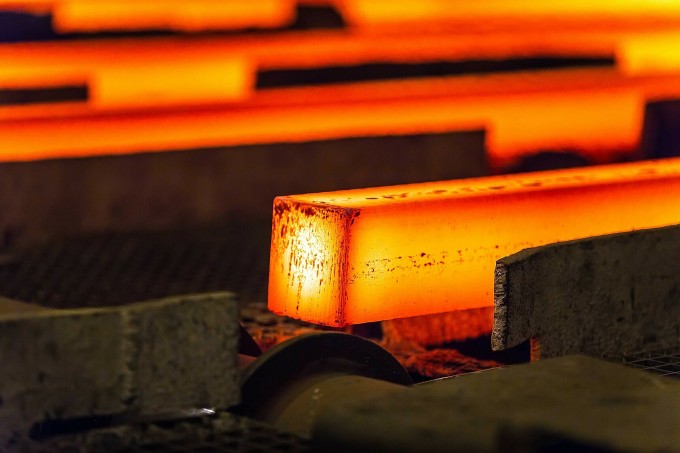
Steel making process at a factory. Photo: HPG
BSC's above prediction is based on the fact that steel consumption has not shown any signs of recovery. This is reflected in the fact that factories are still forced to push steel export channels to compensate for domestic demand, and businesses are very limited in their ability to increase steel prices, even though production costs have increased. Therefore, BSC believes that domestic demand will remain weak at the end of the year.
Data from the Vietnam Steel Association (VSA) also showed that in September, the gap between production and sales of finished steel products was about 579,000 tons. In the three quarters of this year, the gap was more than 1.2 million tons of finished steel products. VSA assessed that market demand for domestic steel products in general is still weak and has not improved much.
As consumption has not recovered, steel prices have also remained stable for more than two months. Currently, construction steel prices have been hovering around VND13.4-13.7 million per ton since the beginning of September, the lowest in the past three years. Previously, the price of this item had decreased 19 times in a row since the beginning of April.
In the fourth quarter, BSC believes that domestic steel prices will still be under slight downward pressure. The reason is that domestic demand remains weak, while export channels also gradually decrease towards the end of the year and Vietnamese steel continues to face competition from China.
Thus, it is very unlikely that businesses will pass on the pressure from electricity prices to consumers. In the coming time, the steel industry must find a solution to the problem of profit in the context of increasing input costs, purchasing power and selling prices that have not yet recovered.
However, the bright side is still predicted. In a recent report, KB Securities Vietnam (KBSV) expects that domestic steel consumption demand may begin to remain positive from the beginning of 2024 thanks to: relatively low interest rates supporting production and business activities; low base steel prices stimulating consumption demand; policies to remove difficulties for the real estate and civil construction markets; and potential from the export market.
Siddhartha
Source link





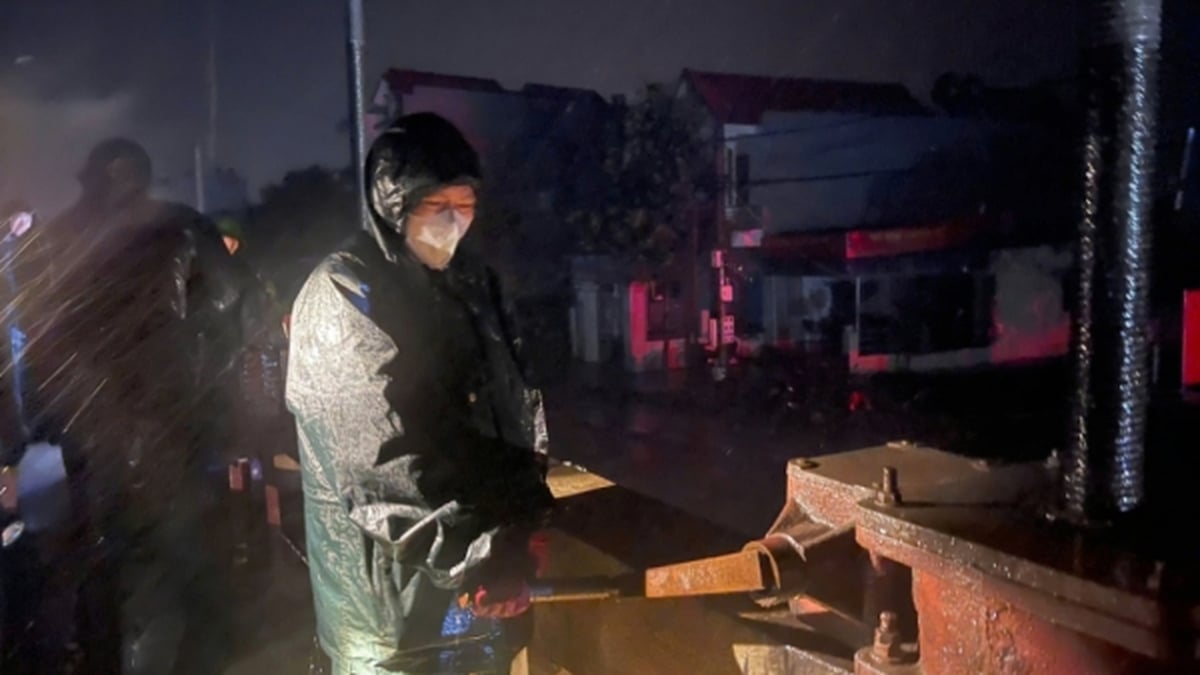



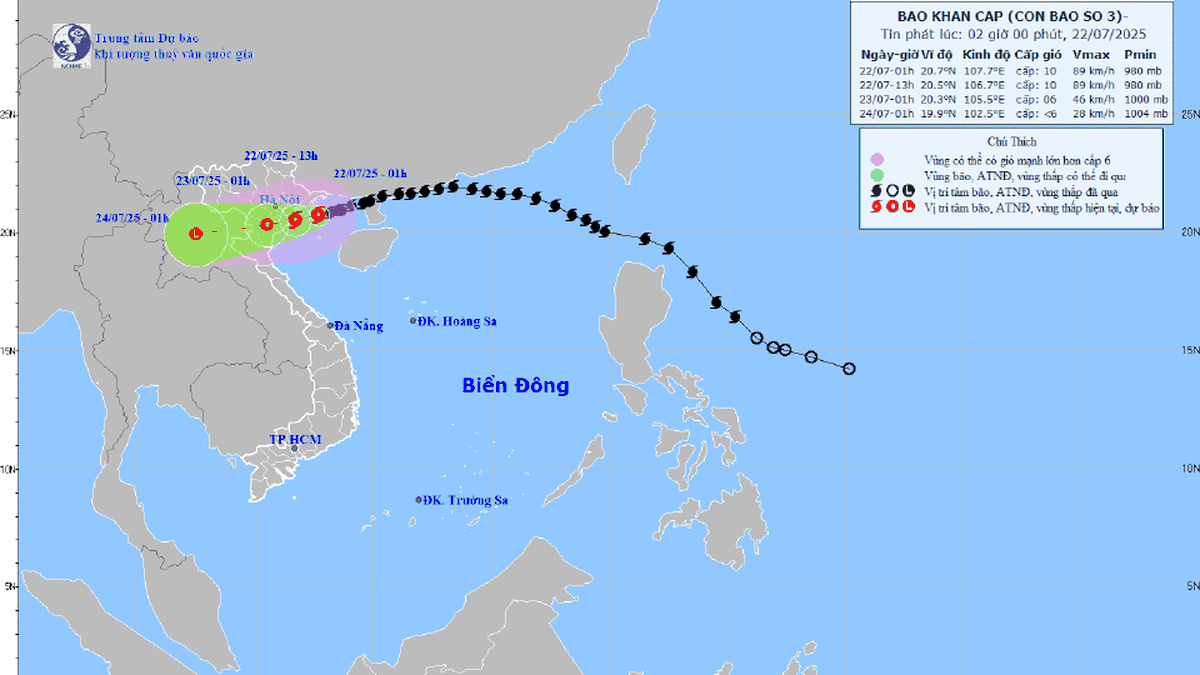

















![[Photo] National Assembly Chairman Tran Thanh Man visits Vietnamese Heroic Mother Ta Thi Tran](https://vphoto.vietnam.vn/thumb/1200x675/vietnam/resource/IMAGE/2025/7/20/765c0bd057dd44ad83ab89fe0255b783)






































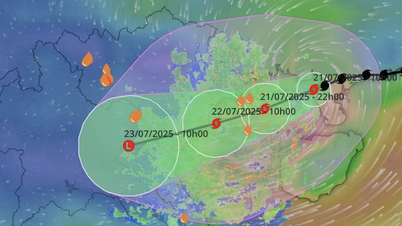































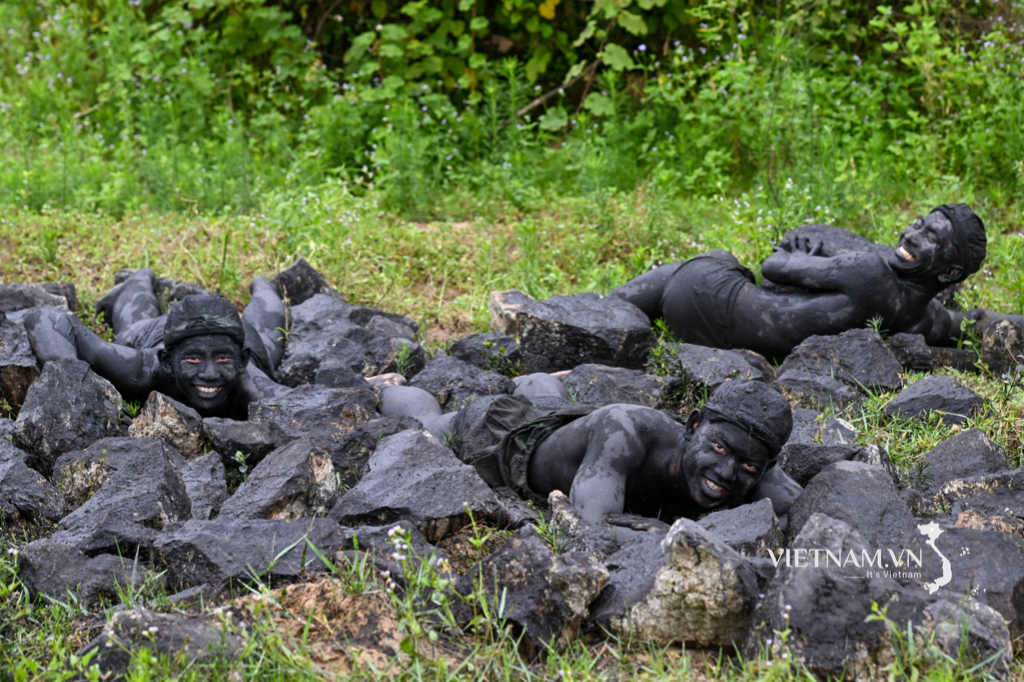



Comment (0)